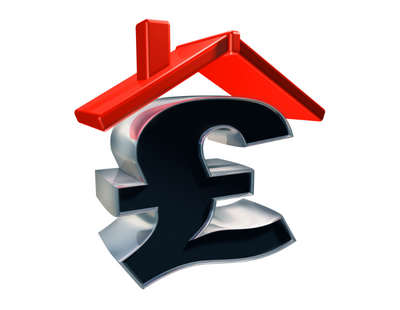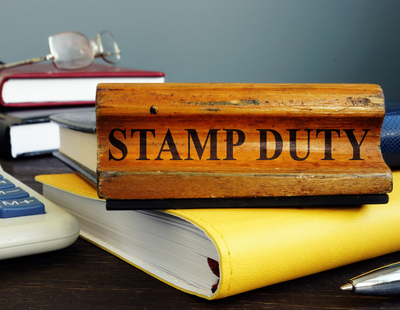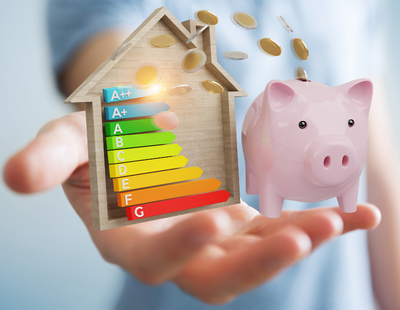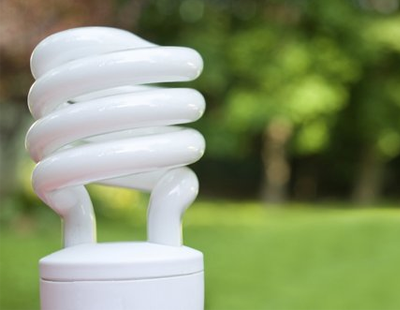Meanwhile, the number of property listings that highlight an energy performance certificate (EPC) rating of A-C in the property description is up 24% on this time last year and up by 59% on 2019.
Rightmove’s Tim Bannister said these features will be key in an increasingly price sensitive market.
Sellers who have improved their home from an EPC rating of an F up to a C could command an average price premium of almost £56,000 on top of the local house price growth, the portal suggests.
But the report also highlights challenges to making homes greener.
The report reveals that 60% of homes for sale on Rightmove – and 50% of homes available to rent - have an EPC rating of D or below.
Over the past four years, there has only been a 6% shift each in the proportion of houses and flats that have moved up to at least a C rating, according to Rightmove.
The rental market has fared better in its progress, as legislation means it is illegal to rent out a property lower than an E rating unless there is a valid exception, with proposals in place to move that up to a C.
There has been an 8% change since 2019 in the proportion of houses for rent that have moved to at least a C, and a 9% change in flats for rent, Rightmove said.
If improvements carry on at the same rate, it would take 43 years for 100% of the houses that are currently for sale across Great Britain to reach an EPC rating of A-C and 31 years for houses that are currently available to rent.
Its report suggests incentives such as stamp duty rebates if a new buyer makes green improvements in the first few years of purchase, more perks for energy efficient homes for both new mortgages and remortgages and further grants or tax benefits for green technology such as electric car charging points and solar panels
Bannister said: “It’s clear that the current incentives aren’t yet big enough to make people sit up and take notice, and even the incentives that do exist aren’t easy to find out about.
“The benefit of making green improvements can be seen in the overall premium that a seller can command.
“Of course, improvements that make a home more energy efficient could also mean the condition improves, such as installing new windows, and so owners will be weighing up the cost of improvements versus the return they can get when they come to sell. But the end result of making improvements is not just a refurbished home worth more money, it’s also a greener home.”
Adoption at scale will take time and there are clearly areas that need more attention than others, Bannister added.
He said: “Houses are much more energy inefficient than flats, and the sales market is lagging behind what we’re seeing in the rental market. The challenge right now is that there are not enough suppliers and equipment for the greenest option to be the most affordable option for home-owners and landlords. We need to wait and see what the government proposes or what green finance options become available. Affordability will remain a challenge unless the incentives are big enough.
“The days of building energy inefficient homes is already over, and we need to get to the point when running an energy inefficient home is a thing of the past. People need to know what to do, in what order, why they are doing it, and what benefits it will bring. Our analysis does show that our housing stock is going greener, but more needs to be done to speed it up.”
















.jpg)
.jpg)






.png)



Join the conversation
Be the first to comment (please use the comment box below)
Please login to comment